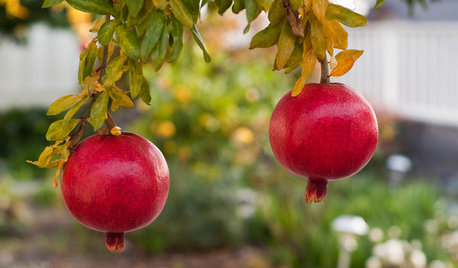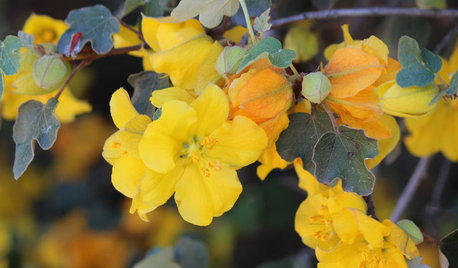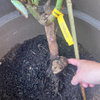Rose Slugs Revisited
landlady
12 years ago
Related Stories

WINTER GARDENINGPruning Secrets for Exquisite Roses
Encourage gorgeous blooms year after year with this time-tested advice on how to prune your rosebush in winter for health and shape
Full Story
HOUZZ TOURSThe Top 10 Houzz Tours of 2015
We invite you to revisit our most popular house tours from this past year
Full Story
GARDENING GUIDESNorthern California Gardener's October Checklist
It's still a great time to plant flowers, vegetables and even bulbs in California gardens this month, thanks to predictably mild weather
Full Story
CALIFORNIA GARDENINGCalifornia Gardener's May Checklist
Only one major chore but a plethora of planting possibilities means a delightful month in California gardens
Full Story
GARDENING AND LANDSCAPINGBid Bad Garden Bugs Goodbye and Usher In the Good
Give ants their marching orders and send mosquitoes moseying, while creating a garden that draws pollinators and helpful eaters
Full Story
EDIBLE GARDENSGarden BFFs? Why Your Vegetables Are Begging for Companion Plants
Foster friendships among plants for protection from pests, pollination support and color camaraderie
Full Story
DECORATING GUIDESTop Design Trends From the Winter 2015 Las Vegas Market
Interior designer Shannon Ggem is tracking finishes, motifs and design combinations at the 2015 show
Full Story
GARDENING GUIDES10 Tips to Start a Garden — Can-Do Ideas for Beginners
Green up your landscape even if you're short on time, money and knowledge, with these manageable steps for first-time gardeners
Full Story
GARDENING GUIDESTop 12 Summer-Blooming Perennials for Deer-Resistant Drama
Can you have garden color, fragrance and exciting foliage with hungry deer afoot? These beauties say yes
Full Story
EDIBLE GARDENSHow to Grow Your Own Sweet Summer Crops
This guide will help any gardener get started on growing the freshest warm-season veggies and berries for summer
Full StorySponsored
Industry Leading General Contractors in Franklin County, Ohio
More Discussions







roseseek
michaelg
Related Professionals
Benbrook Landscape Architects & Landscape Designers · Zion Landscape Architects & Landscape Designers · Brandon Landscape Contractors · Cambridge Landscape Contractors · Clayton Landscape Contractors · East Patchogue Landscape Contractors · Fair Lawn Landscape Contractors · Homewood Landscape Contractors · Longmont Landscape Contractors · Lyndhurst Landscape Contractors · Mashpee Landscape Contractors · Middletown Landscape Contractors · Peoria Landscape Contractors · Pleasanton Landscape Contractors · Norridge Landscape ContractorslandladyOriginal Author
landladyOriginal Author
reg_pnw7